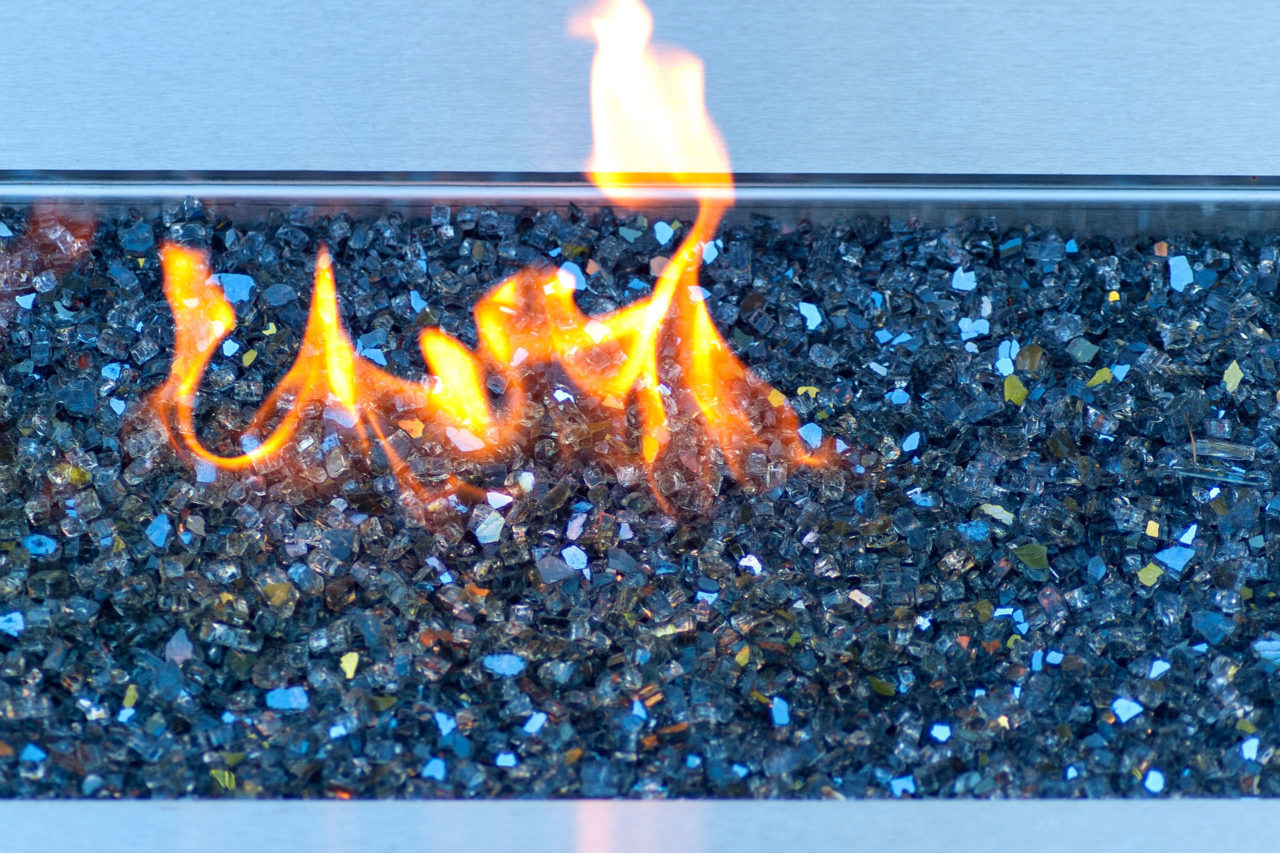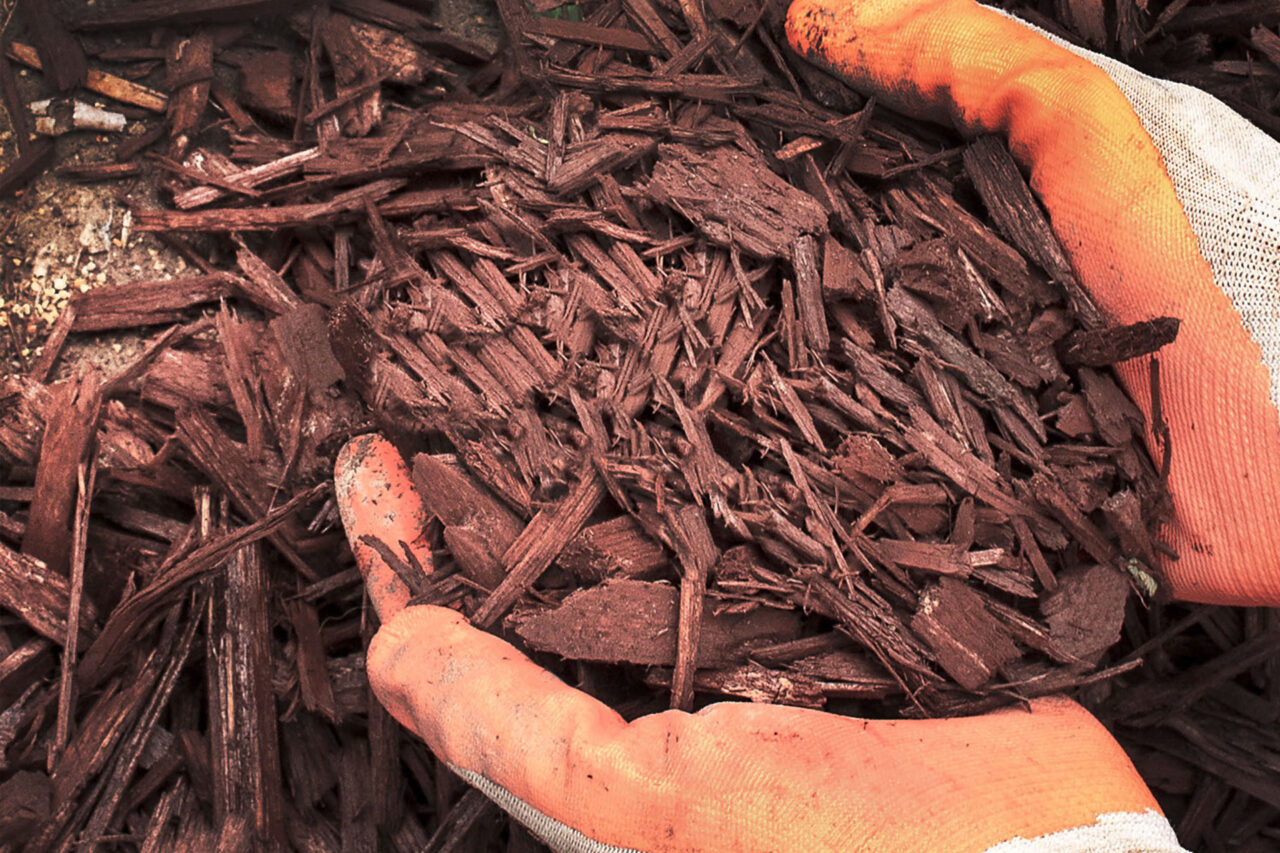When it comes to maintaining a thriving landscape, many homeowners focus on design, plant selection, or irrigation. While these are undeniably important, it’s often the basic garden care tasks—like pruning, deadheading, and mulching—that make the biggest impact on the long-term health and beauty of your outdoor space.
As a homeowner, maintaining a beautiful and healthy yard doesn’t have to be complicated. These three essential landscaping tasks—pruning, deadheading, and mulching—work together to support plant health, prevent common issues, and enhance your home’s curb appeal. Let’s look at what each task does, why it matters, and how adding them to your regular yard care routine can deliver noticeable results.
Pruning: More Than Just a Cutback
Pruning is one of the most powerful tools in any gardener’s toolbox. At its simplest, it involves trimming or removing parts of a plant—branches, stems, or buds—to control shape, promote healthier growth, and prevent disease. But professional pruning services go far beyond aesthetics. Strategic pruning can rejuvenate aging shrubs, improve airflow through dense foliage, and direct energy toward productive growth or flowering.
Proper timing and technique are critical. Pruning too early or too late can reduce flowering, encourage disease, or trigger growth that won’t survive winter. For example, many flowering shrubs bloom on either old or new wood. Prune at the wrong time, and you may be cutting off next season’s blossoms.
Using sharp, clean tools ensures crisp cuts that heal quickly. Always aim to prune just above a healthy bud or node, and avoid leaving stubs that invite pests or fungal infections. For larger shrubs and trees, it’s worth hiring a professional landscaper to avoid over-pruning or injuring the plant structure.
Incorporating pruning into your seasonal garden care schedule helps maintain plant size, shape, and vigor—essential for landscapes where tidy structure and strong health matter, especially in high-visibility areas.
5 Smart Pruning Tips:
- Use clean, sharp shears to prevent disease spread.
- Prune in late winter or early spring for most shrubs.
- Cut just above outward-facing buds to shape future growth.
- Never remove more than one-third of a plant at a time.
- Identify whether your plant blooms on old or new wood before cutting.
Deadheading: Encouraging Continuous Blooms
Deadheading, the practice of removing spent flowers, might seem like a minor task, but it plays a critical role in keeping your garden looking fresh and encouraging repeat blooming. Many flowering plants naturally want to go to seed after blooming. When you remove the spent flowers, you’re signaling the plant to keep producing more instead of winding down its bloom cycle.
This technique is especially useful for annuals, roses, and flowering perennials. Regular deadheading can extend the blooming season by weeks, sometimes even months, creating a landscape that feels constantly alive and colorful. It also helps maintain a clean, manicured look without much investment of time or equipment.
Some modern plant varieties are self-cleaning and drop their spent blooms naturally. But for the vast majority, especially in professionally maintained beds or borders, manual deadheading is a quick and easy way to boost flower production and overall curb appeal. When it comes to high-performance garden beds—whether in a residential backyard or a commercial landscape—this little detail makes a visible difference.
5 Simple Deadheading Tips:
- Deadhead weekly during peak blooming months.
- Snip or pinch just above the first set of healthy leaves.
- Use scissors or pruners for tough stems; fingers for soft ones.
- Avoid deadheading if you want plants to reseed naturally.
- Focus on high-visibility plants like roses, zinnias, and daisies.
Mulching: The Unsung Hero of Landscape Maintenance
Mulch does far more than make garden beds look finished. It’s one of the most practical and cost-effective landscape maintenance solutions available. Organic mulch, such as shredded bark, wood chips, or compost, helps suppress weeds, lock in soil moisture, and regulate soil temperature throughout the year. Inorganic options like stone or rubber also offer long-term weed suppression and clean borders, though they don’t contribute nutrients.
One of the most overlooked benefits of mulching is its ability to improve soil health over time. As organic mulch breaks down, it enhances soil structure, adds organic matter, and promotes beneficial microbial activity. This, in turn, leads to stronger, more resilient plant growth—especially in regions with poor or compacted soil.
The key to successful mulching is application. A 2–3 inch layer is generally ideal. Too little won’t prevent weed growth, while too much can suffocate roots and invite disease. It’s also important to keep mulch away from the base of trees and shrubs to prevent moisture buildup and rot—a common mistake in both DIY and commercial landscapes.
Regularly refreshing your mulch not only maintains its visual appeal but also ensures its functional benefits remain effective. For homeowners seeking low-maintenance landscaping, mulch is essential.
5 Essential Mulching Tips:
- Apply 2–3 inches of mulch; avoid piling it too high.
- Keep mulch 2–3 inches away from trunks and stems.
- Weed the area thoroughly before applying mulch.
- Replenish organic mulch annually as it decomposes.
- Choose mulch color and texture to complement your landscape design.
How These Garden Tasks Work Together
While pruning, deadheading, and mulching each provide unique benefits, they’re most effective when implemented together. Pruning improves air circulation and light penetration, which enhances the efficiency of mulching by reducing excess moisture buildup and disease risks. Deadheading keeps the color going strong all season, and fresh mulch highlights those blooms beautifully.
Together, these tasks form the foundation of sustainable garden care strategies. They reduce the need for chemical interventions, support ecosystem health, and keep landscapes looking vibrant and well-tended throughout the year.
Final Takeaways for Smarter Garden Care
Investing time in these basic tasks—pruning, deadheading, and mulching—pays off with healthier plants, fewer maintenance headaches, and a more polished, professional appearance. More importantly, they prevent small issues from escalating into costly problems down the road.
Landscaping isn’t just about adding new plants or installing features. It’s about consistent, thoughtful care. That’s what sets apart truly great landscapes from those that look neglected or unbalanced. By making these tasks part of your regular garden maintenance routine, you support stronger growth, prolonged flowering, and overall landscape vitality.
If you’re unsure about the right techniques or timing, don’t guess. Reach out to a qualified landscape maintenance provider who can assess your property and create a customized care plan.
Ready for Professional Results?
At a Blade of Grass, we specialize in year-round landscape care—from expert pruning and garden bed design to mulch installation and seasonal cleanups. Contact us today to schedule a property walk-through and see these small maintenance tasks can make a big impact.


